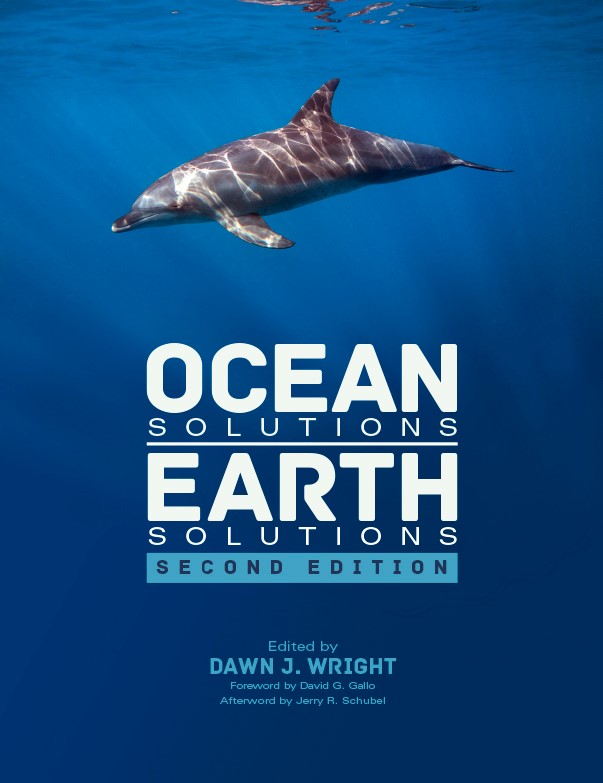By Mike Livingston
We used to think the ocean was so large that it could easily reproduce what we removed from it and accommodate what we put into it. “Self-healing,” we called it. We now know that is not true.
Fisheries are frighteningly diminished, coral reefs are bleaching, and toxic algal blooms are tied to high levels of nitrate like that found in agricultural fertilizers. Pollutants have created zones lacking enough dissolved oxygen to support life, and these dead zones are growing instead of somehow healing themselves. In addition, population growth in coastal areas is hastening damage to structures and organisms. As Dr. David G. Gallo of Woods Hole Oceanographic Institution puts it, “Regardless of where we live on Planet Earth, we have an impact on the ocean. Conversely, regardless of where we live on Earth, the ocean has an impact on our everyday lives.”
The ocean is in trouble, and trouble with the ocean means trouble for all life. It is trouble for the air we breathe, the food we eat, and the water we drink. Esri chief scientist, Dr. Dawn J. Wright cautions, “Human-caused pressures have put the ocean in a state of deep crisis. And if the ocean is in crisis, the Earth is in crisis. At this pivotal juncture in history, we need good, digestible science to underpin solutions for protecting the ocean and ensuring our safety; managing and mitigating conflict among multiple and simultaneous uses of the ocean; geodesigning the ocean; and discovering and exploring a part of our planet that remains less understood than the moon, Mars, and Venus.”

Ocean Solutions, Earth Solutions, Second Edition, gathers ocean science and GIS best practices from more than 90 ocean and coastal science researchers in pursuit of solutions to the ocean’s ills. To the original 16 chapters—4 of which have been updated—new contributors have added 7 new chapters that examine the following:
- Multivariate classification of seafloor structures in relation to marine jurisdictions and bioregions
- Application of satellite imagery to monitoring and protecting coastal zones
- Use of a web-based tool to examine coastal hazards and social, ecological, and economic assets
- Climate adaptation planning
- Island morphology and biodiversity change
- Sediment drainage streams
- Energy generation and consumption efficiency
The book is available in e-book and print formats from popular book retailers and also includes an extensive supplement of free online digital resources. Of particular importance to the data science and library informatics communities is that this is the first Esri Press book to use digital object identifiers (DOIs) for citation of both the book and supplementary datasets.
For more information about Ocean Solutions, Earth Solutions, Second Edition, see the Esri Press online catalog or purchase now from your favorite print or e-book retailer.